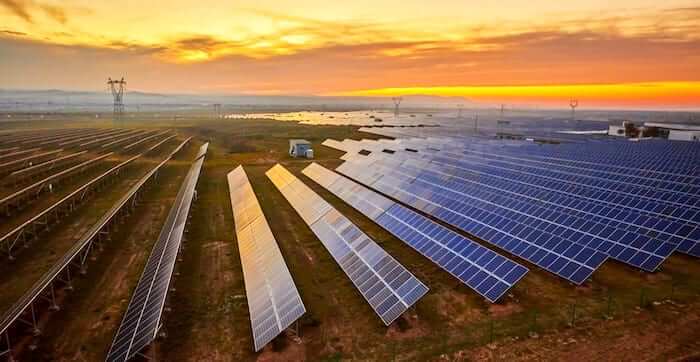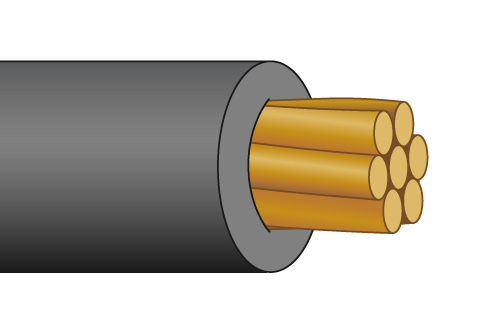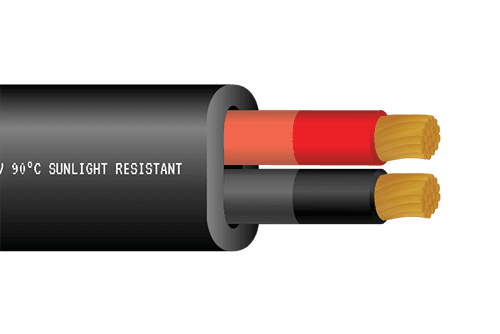
Solar power installations in the US have grown 35 fold since 2008, while the average cost of photovoltaic panels has dropped 50% since 2014. Over 242,000 people work in the solar power industry in the US, which is more than double the number in 2012.
With this undeniable level of growth there’s a lot of interest in solar panel wire, or photovoltaic (PV) wire (UL 4703). What makes solar farm wire unique comes down to its material, form, and insulation.
The two main materials used to make solar farm wiring are copper and aluminum. Copper is more conductive than aluminum, which means a copper wire carries more current than an aluminum wire of the same size. Aluminum wiring is also more vulnerable to bending and flexing during installation, which can weaken it faster than copper wire. Another challenge with aluminum wire is the higher maintenance costs. Aluminum is more susceptible to temperature extremes. The expansion and contraction of the metal will require a technician to periodically tighten the terminals where aluminum is used. The main benefit to using aluminum is that the up-front cost is cheaper than copper.
Solar farm wire mainly comes in two forms, solid or stranded. Solid wire is one single conductor, which makes it more compact while still providing the same current as stranded wire. It also makes it less flexible, so it is best used in static applications. This can be a particular concern when building solar farms where wire can be exposed to wind and other vibration interference.
Stranded wire is made of multiple conductors put together. This configuration makes stranded wire more flexible than solid wire, and more resistant to vibrations.
Photovoltaic wire insulation has to be tough. It needs to resist UV radiation, weather, and abrasion caused by chemicals and salt water. Most electrical contractors use cross-linked polyethylene insulation, also known as PEX, XPE, or XLPE. This insulation is resistant to moisture, oil, and gasoline, can withstand temperatures up to 90 °C, and uses a black coating to resist UV radiation.
Most solar installations are outdoors in harsher environments. Therefore the wiring has to meet standards for heat, moisture, and UV resistance.
There are two types of wire commonly used in solar farms: PV wire and USE-2 wire. They can both be used in grounded arrays, but only PV wire can be used in ungrounded ones.
PV wire is used for interconnecting PV modules, and was developed to be able to handle 90°C in wet conditions and 105°C in dry conditions. Characteristics of PV wire are thicker insulation and stranded wire construction for resilience and flexibility. It also requires a more stringent vertical flame test.
USE-2 wire is used for connecting terminals of service equipment. It is mostly found underground and for 90°C in wet conditions and 105°C in dry conditions. Like PV wire, USE-2 wire must pass a flame test, but it requires a less stringent horizontal flame test. Additionally, it needs to pass physical testing outlined in the UL standard.
Learn more about our solar PV wire products here.


